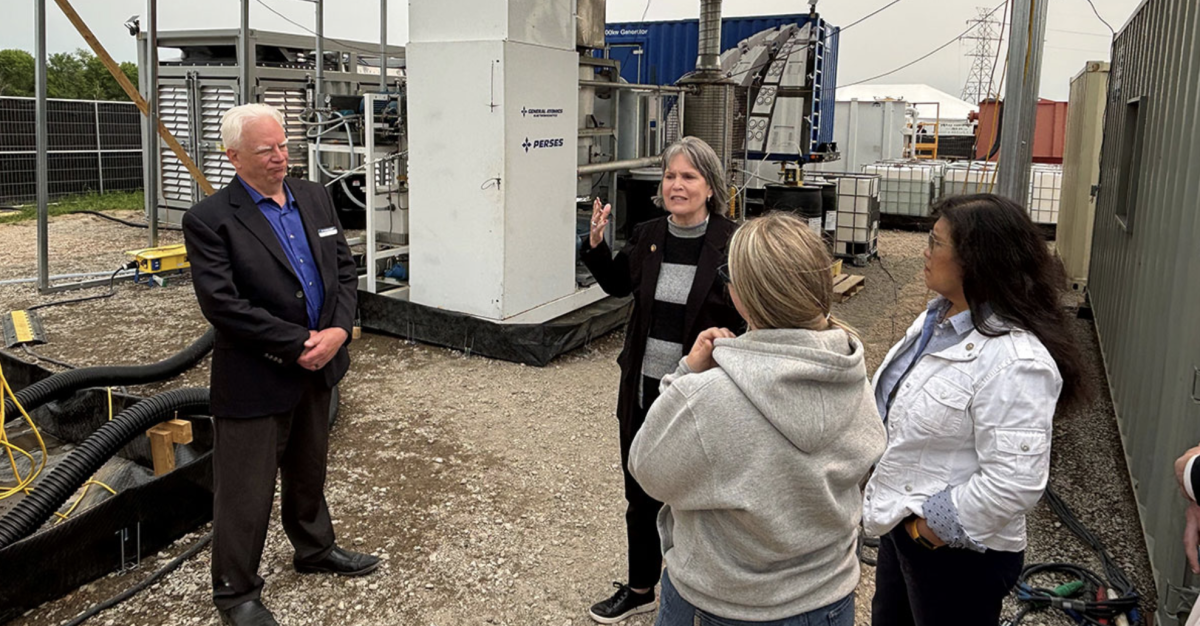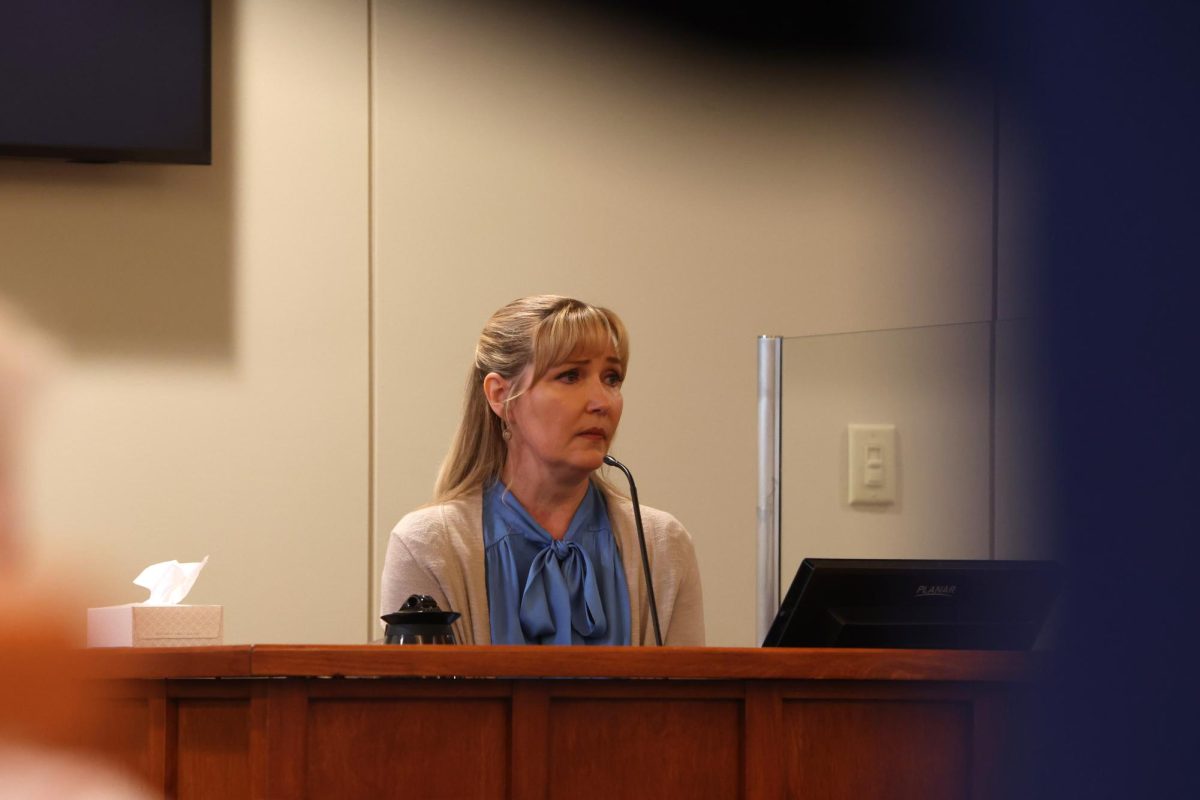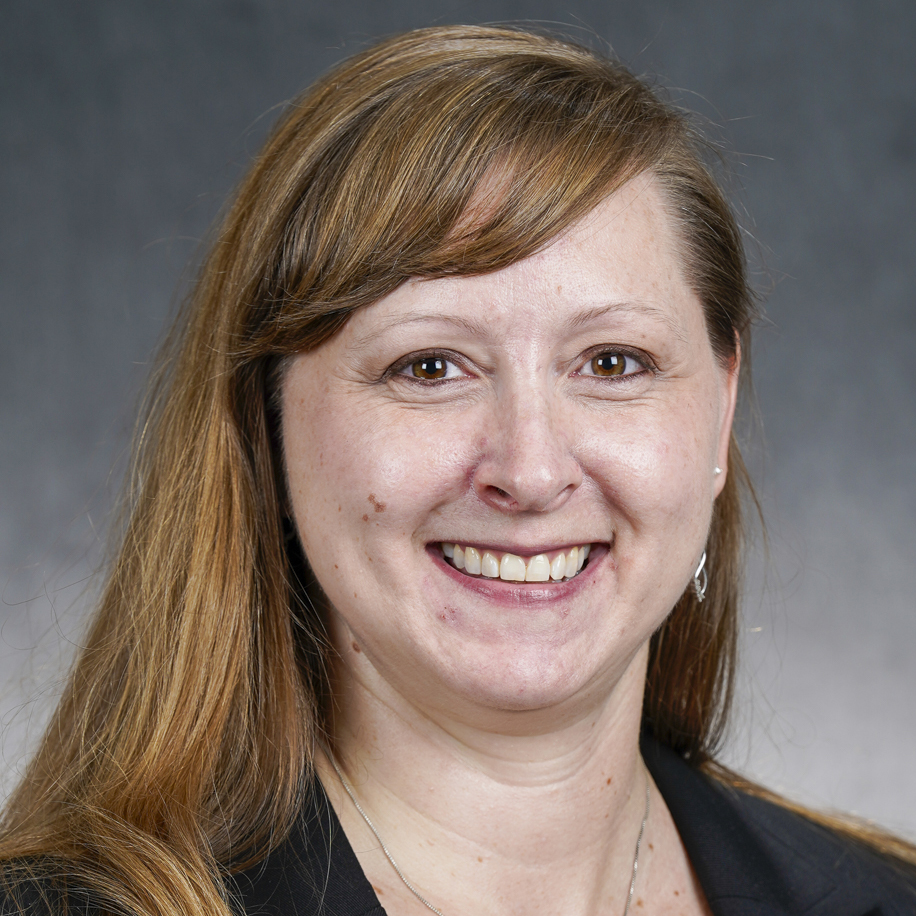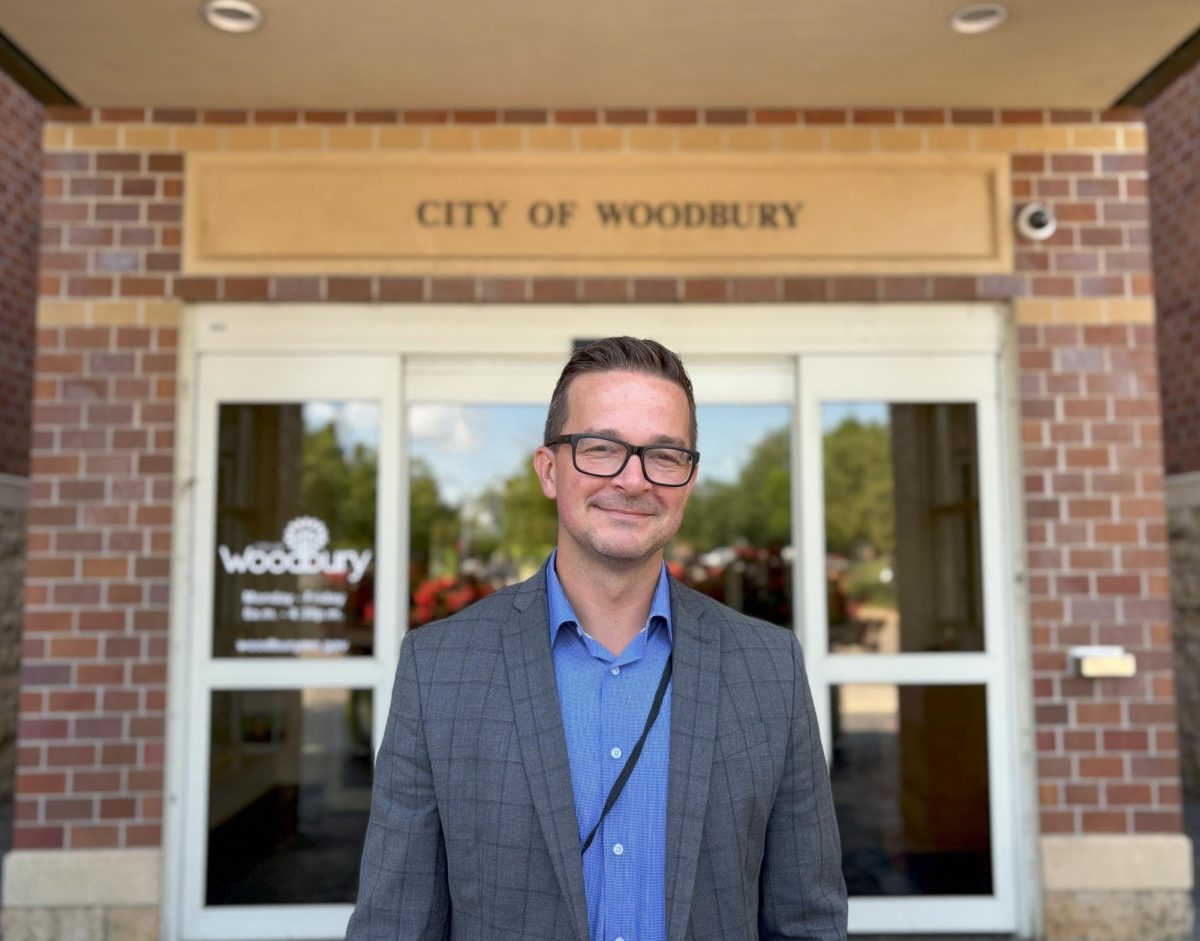Local officials gathered in Lake Elmo on May 30 to mark the launch of a Department of Defense funded demonstration project aimed at destroying PFAS contamination — per- and polyfluoroalkyl substances manufactured by 3M that pollute groundwater in parts of Washington County.
The Lake Elmo site is one of the first full-scale, on-site PFAS destruction projects in the country.
The initiative is backed by $15 million from 2023 federal funding. U.S. Rep. Betty McCollum, a Democrat whose district includes most of Woodbury, secured the funding when she served as chair of the House Appropriations Subcommittee on Defense.
McCollum said there could not be a better place to highlight the process, given that Washington County has been at ground zero for PFAS contamination.
“The fact that they’re doing the research here in Lake Elmo is really important,” McCollum said.
The project utilizes the PERSES™ “supercritical water oxidation” (iSCWO) system developed by General Atomics, in collaboration with Bay West, the U.S. Army Engineer Research and Development Center (ERDC), and the Environmental Protection Agency. Testing is taking place at the Lake Elmo Public Works Facility and is designed to evaluate how scalable and effective this technology is at safely destroying PFAS in real-world conditions.
Unlike conventional methods, iSCWO applies extreme heat and pressure (3,400 psi) to break down PFAS into harmless by-products like carbon dioxide, water and salts — without generating toxic residuals.
The project is using waste streams with high levels of PFAS collected from the Washington County Landfill site in Lake Elmo, the suspected site of the PFAS plume impacting Woodbury. While the landfill was excavated in 2010, with the waste placed in a newly constructed triple-lined landfill on site, leachate continues to be collected and monitored.
Woodbury Mayor Anne Burt attended the real-time demonstration of the system’s capabilities.
“It is fascinating technology in that with high temperature and high pressure they are able to break that very strong carbon-fluorine bond,” Burt said.
While the technology is promising, Burt emphasized that the technology requires highly concentrated PFAS levels to be effective.
“It would not be appropriate technology to use for drinking water PFAS removal,” she added, noting it would not be a substitute for the city’s new permanent Water Treatment Plant currently under construction.
Bay West, an environmental firm based in St. Paul, emphasized that this project is the first of its kind at this scale in the U.S. It represents a critical step toward permanently eliminating PFAS waste rather than just containing it.
The research is expected to generate data essential for broader adoption across U.S. communities and defense sites.


















